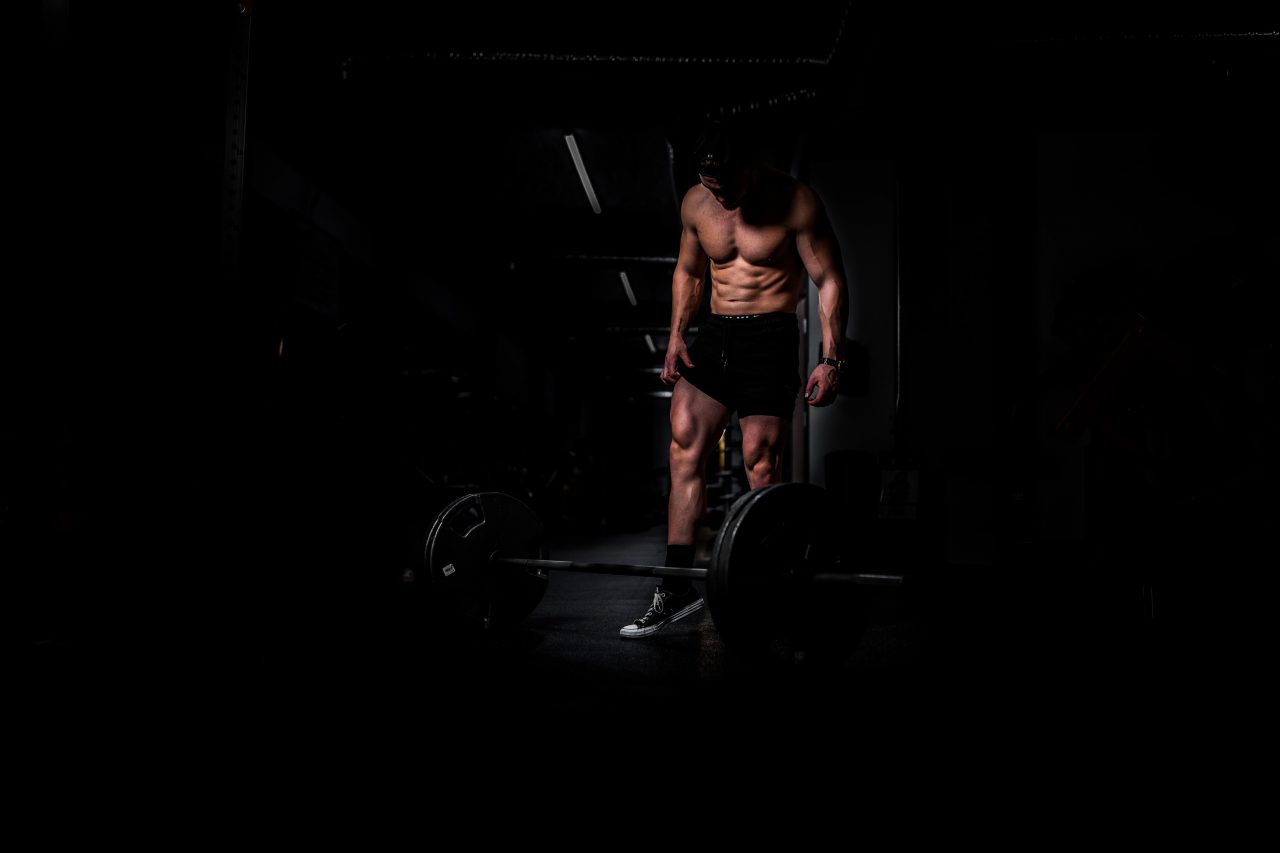
The barbell is the best tool available to you on your strength training journey
Look, I get it. Strength training is daunting.
There are these odd sticks of iron laid up in your gym, and they do not come with an instructional manual or fancy step-by-step guide that results in the instant “pretty squat.” And, frankly, even if you are doing it well, there’s a lot to learn—years’ worth of work to edge closer to a mastery of the basics.
The barbell – best tool
The barbell is the best tool available to you that you have either never used or are underusing. It’s unequivocally the best piece of equipment for muscle gain, function, and, therefore, performance.
There’s a good reason you do not see leg press or machine press as standardized measurements for professional sport combines. And a good reason that you see barbell squat and barbell bench press touted as staples of measuring athletic strength potential. It’s because the former does not account for a human movement like the latter.
And while I would like to cite research, that’s not the point, albeit a valid one to draw.
What is material is your health and how best to manage it with limited time for training and limited accessibility to good coaching for technique and programming.
First off, it is nothing to be intimidated by. But I fully empathize. I, too, knew nothing about barbell work when I first started training. Even through experience at a 5-A High School prep program where teammates got sponsor parents to move from all over the country to play sport, to an established athletics academy, on to three different universities while on an athletic scholarship, and all of the coaches in-between, no one knew barbells. Simply put.
So, by the time I received good strength coaching, I was well past my playing days and nearing my thirties. And I had a lot to fix because no one knew how to teach proper barbell movement. So I dug in. I learned. I got better. And I reached my fitness goals. With a barbell. And so can you.
Through all of my training experience within and outside of sport, roughly 20 years of it, the barbell has easily been the most efficient and effective tool to generating positive change for your body’s various systems. And I really, really, really think you ought to consider it.
The best way I can put it:
If you line up half a dozen or more machine or other free weight exercises available to you, the barbell will do the job of every single one of them put together, except better.
It will use more muscle, require more coordination, produce more force, and allow you to move heavier loads than anything else.
We’re primarily concerned with composition changes when it comes to retaining personal training services. Typically, when people talk about losing weight, they refer to a desire to enact real, lasting change to their physique. That invariably means adding muscle, muscle that raises your resting metabolism, that fills out and complements your body’s innate structures and helps them perform better.
But if I am to play Devil’s advocate, which I am, I will readily admit that barbell work requires preparation. Unfortunately, not every person has the kinetic sense to load their spine safely and thus effectively. It can mean taking a significant amount of time to progress toward barbell training, to do the requisite work to graduate.
Well, you know what? That’s work too. And indeed, work well enough to drive you to your fitness goals along the road to learning the barbell movements core to strength training.
At day’s end, fitness of any variety is better than no fitness. And just because you would rather stay from barbell training and, by extension, strength training is no reason to think you are not doing what’s best for you. You very well may.
I’m just suggesting it could be better.



